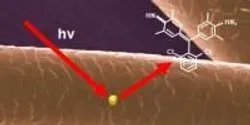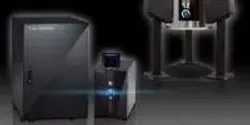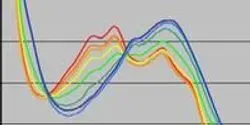Benchtop

Modern titrators can be simply classified as one of two types: potentiometric and Karl Fischer, with the latter available in both coulometric and volumetric versions. While titration may be considered a basic analytical method, modern titrators are far from simplistic. Many titrators offer a variety of automation options and can perform titrations with great accuracy with minimal operator intervention. According to this year’s survey results, over 82% of survey respondents use automated titration in their labs, with fully half of respondents also using an autosampler.

Laboratory ovens are common instruments in most laboratories and are used across most scientific disciplines. Lab ovens are most commonly less than 12 cu.ft. in volume, although a great variety of sizes are available in benchtop, stackable, and floor-standing models. Over 25% of survey respondents reported using larger ovens in their labs. While lab ovens are most commonly used for heating and drying (75.6% of respondents), they find a variety of other uses including temperature-linked experimentation (41.7%), evaporating (37.0%), baking (16.5%) and sterilization (11.8%).

Refractometer manufacturers quote accuracy and reproducibility to the fourth, fifth, and sometimes even the sixth decimal places. A good manufacturer will only advertise this level of accuracy after carefully running standards.

Collaboration with Lund University uses modified University of Oregon spectroscopy equipment to study 'maze' of connections in photoactive quantum dots.

Many labs use chillers to control the cooling needed for some processes. To make the device work, a chiller uses a fluid, and the best kind of fluid depends on a range of factors. Part of the selection process depends on lab preferences. This article explores some of the thinking behind picking one chiller fluid over another.
















